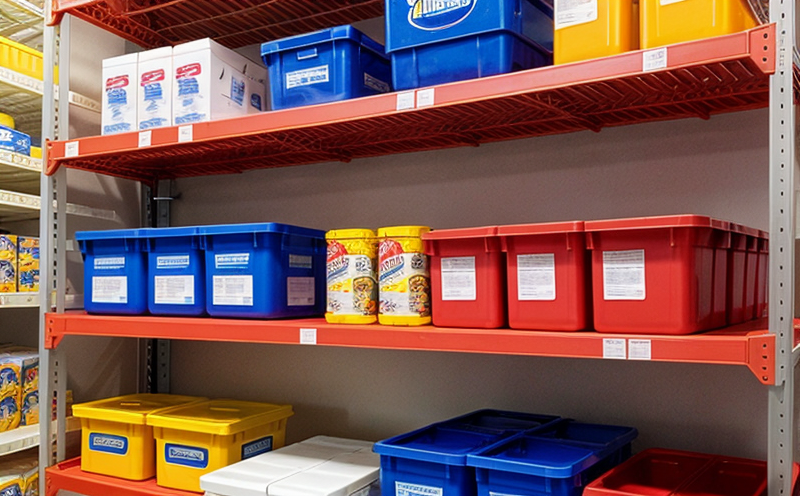ISO 59678 Shelf Life Analysis in Chocolate Products
The shelf life of chocolate products is a critical factor that influences both consumer satisfaction and regulatory compliance. Understanding the stability over time ensures the product retains its sensory attributes, nutritional integrity, and safety standards throughout its shelf life. This analysis follows the ISO 59678 standard, which provides methodologies for determining the shelf life of food products based on physical, chemical, microbiological, and sensory parameters.
The chocolate industry is characterized by a variety of product forms such as bars, truffles, and coatings. Each form requires specific handling conditions to maintain its quality. For instance, milk chocolates are more prone to fat crystallization than dark chocolates due to their higher lactose content. This makes the shelf life analysis particularly important for ensuring that chocolate products meet consumer expectations and regulatory requirements.
The ISO 59678 method involves a series of tests conducted over time intervals to observe changes in the product’s properties. These tests include sensory evaluations, physical measurements (such as hardness or snap), chemical analysis (e.g., fat crystallization), and microbiological assessments. The goal is not only to determine the shelf life but also to identify potential quality issues early on.
| Application Area | Description |
|---|---|
| R&D for New Product Development | Determining the shelf life of new chocolate formulations helps in optimizing ingredient selection and process parameters. |
| Quality Assurance & Control | Ensuring that chocolate products meet internal quality standards and regulatory requirements. |
| Packaging Design | Understanding the impact of storage conditions on chocolate helps in designing appropriate packaging solutions. |
- Milk Chocolate: Higher lactose content requires closer monitoring for fat crystallization and sensory quality.
- Dairy-Free Chocolate Alternatives: These products need specific tests to ensure their stability without dairy derivatives.
Benefits
The shelf life analysis for chocolate products provides numerous benefits that are crucial for maintaining product quality and compliance. Firstly, it allows manufacturers to set realistic expectations for consumers regarding the duration of product freshness and flavor profile stability.
- Prolonged Shelf Life: By identifying the exact point at which chocolate starts to deteriorate, companies can extend shelf life without compromising quality.
- Better Resource Management: Accurate shelf life data helps in optimizing production schedules and inventory management.
- Consumer Satisfaction: Consistent product quality leads to higher customer satisfaction and loyalty.
Industry Applications
The application of ISO 59678 in chocolate products is broad, encompassing various stages from research and development to quality assurance. The table below highlights the key areas where this analysis is most beneficial.
| Application Area | Description |
|---|---|
| R&D for New Product Development | Determining the shelf life of new chocolate formulations helps in optimizing ingredient selection and process parameters. |
| Quality Assurance & Control | Ensuring that chocolate products meet internal quality standards and regulatory requirements. |
| Packaging Design | Understanding the impact of storage conditions on chocolate helps in designing appropriate packaging solutions. |
Competitive Advantage and Market Impact
The ability to accurately determine the shelf life of chocolate products can give companies a significant competitive edge. By extending the shelf life without compromising quality, firms can reduce waste and optimize inventory management. This translates into cost savings and improved profitability.
- Enhanced Reputation: Consistent product quality builds trust with consumers and stakeholders.
- Innovation Leadership: Early identification of shelf life issues allows for proactive adjustments in formulations or production processes.
- Regulatory Compliance: Adhering to international standards ensures that products meet all necessary regulatory requirements, avoiding potential recalls or fines.





